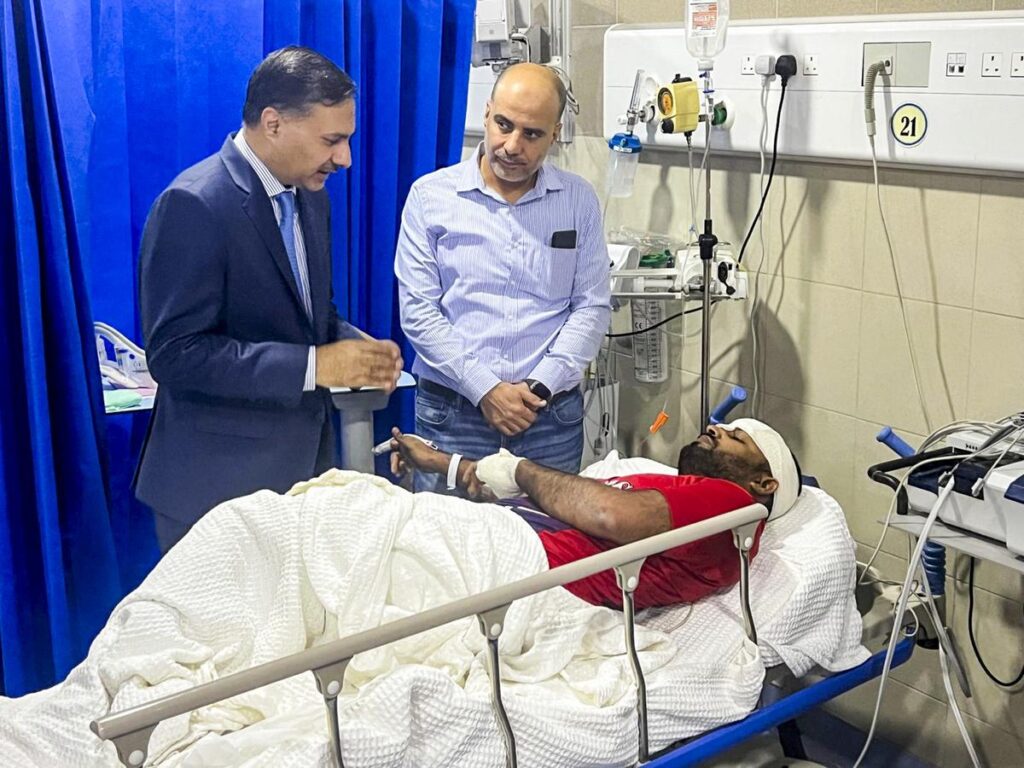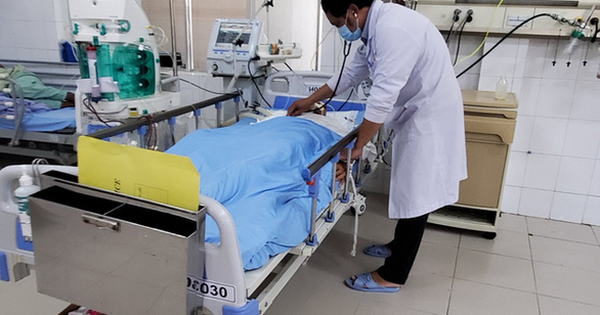Authorities in Kuwait have dismantled a dangerous methanol distribution network—“Kuwait methanol ring bust”—that tragically left 23 people dead and hospitalized 160 others. This article takes you inside the crackdown, illustrating what went wrong and what must happen next to protect public health.
Night of Tragedy: What Happened?
Late one evening, emergency services in Kuwait began receiving multiple calls about people experiencing severe symptoms—nausea, blurred vision, rapid breathing, and disorientation. As reports spread rapidly to hospitals, a chilling pattern emerged: victims had consumed tainted alcohol laced with methanol.
Within hours, the count of fatalities reached 23, while approximately 160 people were rushed to hospitals in critical condition. These alarming numbers set off immediate alarm and investigation into the source of the contaminated liquor.
What is Methanol and Why Is It Deadly?
Methanol, also known as wood alcohol, is a clear, toxic liquid used industrially as a solvent, antifreeze, or fuel. It is not meant for human consumption. Even small amounts ingested can cause serious harm:
- Toxic Effects: Methanol is metabolized into formaldehyde and formic acid—both harmful to the central nervous system and optic nerves.
- Symptom Onset: Nausea, headache, dizziness, blurred or complete vision loss, and difficulty breathing can occur within hours.
- Fatal Risks: In higher doses, methanol poisoning can lead to coma, organ failure, and death.
In the case of the Kuwait methanol ring bust, victims were likely unaware they were ingesting alcohol adulterated with methanol—a lethal trick to increase profit.
The Sting: How Authorities Uncovered the Scheme
Officials launched a multi-agency investigation the moment the casualties mounted. Key steps included:
- Tracing purchases: Investigators tracked down where victims had obtained their drinks. Many reported illicit sales from underground sources.
- Lab testing: Samples of the seized liquids were tested and confirmed to contain dangerously high levels of methanol.
- Undercover operations: Law enforcement used undercover agents posing as buyers to follow the supply chain from street-level sellers to distributors.
This culminated in several raids that shut down illegal bottling and distribution centers. The operation disrupted what authorities described as an organized “methanol ring,” responsible for producing and distributing deadly liquor.
Victim Stories: Personal Tragedies
The human cost behind the headlines is devastating. Among the 23 lives lost were ordinary people—some celebrating at home, others out with friends—unaware of the danger in their hands.
One victim, a young worker, fell ill suddenly after consuming a drink at a house gathering. Within hours, he was gone. His grieving family recounted how they watched helplessly as he slipped into unconsciousness.
Hospitals remain flooded with survivors, some battling permanent vision loss or neurological damage. Families wait anxiously in corridors, hoping for full recovery.

Health System Response: Emergency Measures
Recognizing the scale of the crisis, Kuwait’s health ministry sprang into action:
- Toxicology protocols: Intensive care units were placed on high alert, with antidotes like fomepizole and ethanol administered where possible.
- Vision screenings: Ophthalmology departments treated victims showing visual impairment, a common consequence of methanol toxicity.
- Mental health support: Counseling services were activated for victims and families coping with trauma and loss.
Authorities have also issued medical advisories to hospitals across the region, detailing signs of methanol poisoning and urging vigilance.
Public Safety Measures: Government Reaction
The fallout from the Kuwait methanol ring bust has prompted swift public safety steps by the government:
- Public alerts: Warnings were circulated reminding citizens to avoid unregulated alcohol purchases and to seek immediate medical attention if they feel unwell after drinking.
- Stricter controls: Authorities have tightened checks on imports and monitored unlicensed liquor markets more closely than ever.
- Legal crackdown: Suspected ring members are being prosecuted, some under charges including negligence, manslaughter, and distribution of hazardous substances.
Public awareness campaigns, especially targeting youth and expatriate communities, are underway to educate people about the dangers of consuming illicit alcohol.
Why Methanol Rings Emerge: Understanding the Danger
Several factors contribute to the rise of methanol-laced liquor networks:
- Profit motive: Unscrupulous distributors use methanol to cheaply mimic alcohol’s effects—at grave human cost.
- Market demand: In places with regulatory or cultural restrictions on alcohol, black-market demand skyrockets.
- Limited awareness: Many consumers may not realize how lethal impure alcohol can be.
In Kuwait’s case, the success of the ring underscores the urgency of stronger regulations, crackdowns on smuggling, and robust community education.
Lessons Learned from This Crisis
The tragedy of the Kuwait methanol ring bust offers several essential takeaways:
- Proactive regulation is vital. Authorities must prioritize monitoring and shutting down illicit alcohol supply chains.
- Early detection saves lives. Hospitals should be trained to recognize methanol poisoning rapidly and respond with antidotes.
- Public education matters. Awareness campaigns can dissuade risky behavior and encourage error reporting.
- Legal deterrence works. Clear penalties and visible prosecutions deter potential perpetrators.
Looking Ahead: Healing and Prevention
As the country mourns, attention turns to healing and future safety:
- Support for survivors: Reconstructive treatment, vision therapy, and long-term care are critical for those with lasting injuries.
- Policy reform: Experts are calling for mandatory enforcement of import tracking, licensing, and stringent inspections.
- Community engagement: Trusted community leaders and media outlets must stay vocal—keeping citizens informed and vigilant.
There’s also a growing call for regional cooperation—since illicit alcohol rings often cross borders.
Conclusion
The Kuwait methanol ring bust—which left 23 dead and hospitalized 160—has exposed a deadly reality lurking in unregulated markets. Beyond statistics, it’s a story of families shattered, hospitals overwhelmed, and institutions challenged.
Swift action by responders and law enforcement undoubtedly prevented further loss—but preventing the next tragedy demands sustained vigilance, stronger regulation, widespread education, and accessible healthcare readiness.
May this tragedy serve not only as a warning, but also as momentum for change—so no more lives are lost at the hands of unscrupulous profiteers.
Do follow on :Instagram



